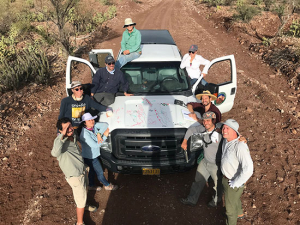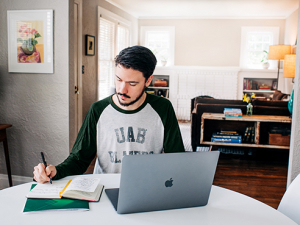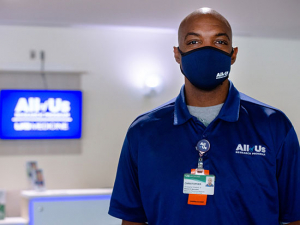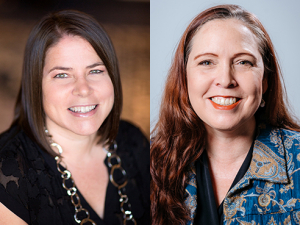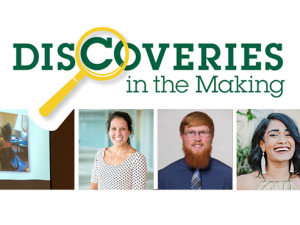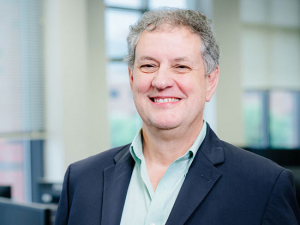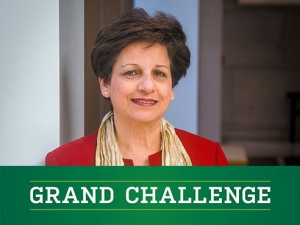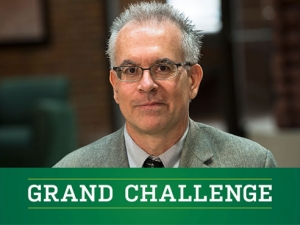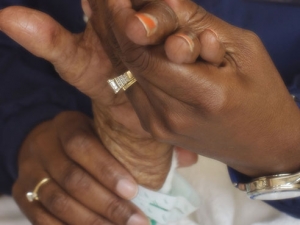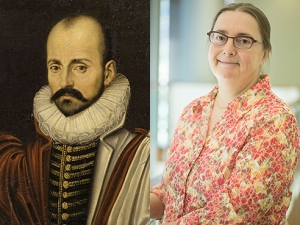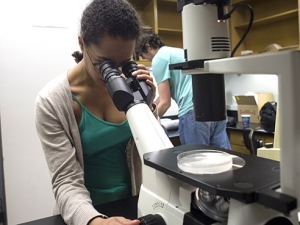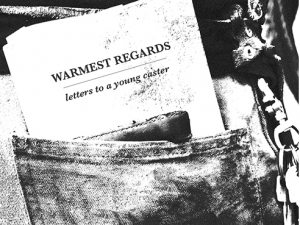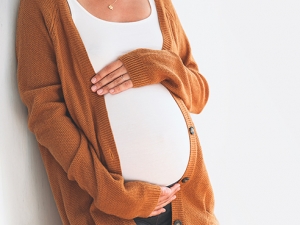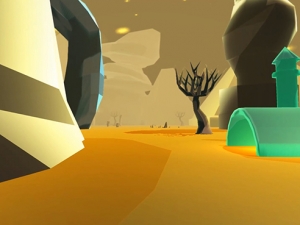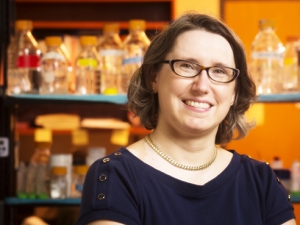This is the sixth and final in a series of profiles of the finalists in the UAB Grand Challenge. The initiative, a key component of Forging the Future, UAB’s strategic plan, launched this past summer and inspired more than 75 initial entries from teams across campus. The results were announced on April 30, with the Healthy Alabama 2030 project selected as the inaugural UAB Grand Challenge winner.
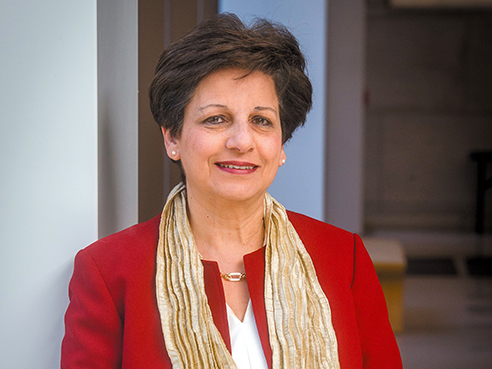 Mona Fouad says moving Alabama out of the bottom 10 in state health rankings will be difficult, but doable. “We’ve been putting Band-Aids on things for the past 20 years, because we were all working alone,” she said. “We need a comprehensive approach to fix this complex problem.”Alabama has an image. “We’re always known as the ‘unhealthy state,’” said Mona Fouad, M.D., director of the UAB Minority Health and Health Disparities Research Center. “Whatever ranking you choose — heart disease, obesity, diabetes, stroke — we are 49th or 48th. We want to change this position.”
Mona Fouad says moving Alabama out of the bottom 10 in state health rankings will be difficult, but doable. “We’ve been putting Band-Aids on things for the past 20 years, because we were all working alone,” she said. “We need a comprehensive approach to fix this complex problem.”Alabama has an image. “We’re always known as the ‘unhealthy state,’” said Mona Fouad, M.D., director of the UAB Minority Health and Health Disparities Research Center. “Whatever ranking you choose — heart disease, obesity, diabetes, stroke — we are 49th or 48th. We want to change this position.”
It’s not simply a matter of local pride. “Health is everything — it is the core of good quality of life, productive employees, successful students and happiness in general,” Fouad said. “That’s why we focused on it.” Fouad is principal investigator for Healthy Alabama 2030: Live HealthSmart, one of six projects selected as finalists in the UAB Grand Challenge.
Stepping up from the cellar
Boosting Alabama out of the bottom 10 in state health rankings won’t be easy, Fouad said. “For sure this is a challenge — a grand challenge! — but that’s what this project is about.” The long-term goal is to get Alabama into the 30s in key metrics — obesity, diabetes, high blood pressure and high cholesterol — “which will take about 10 years,” she said. For example, reducing the state’s obesity rate from 36.3 percent to 33 percent would move Alabama from 46th to 37th nationally.
The mid-term objective to achieve that will be “to improve health behavior — getting people to eat more fruits and vegetables, exercise, stop smoking, lower blood pressure and cholesterol, screen for cancer and chronic diseases,” Fouad explained. And the strategies behind it all, she said, fall into three categories: changing the rules through policy initiatives, changing structures such as schools and workplaces through new programs and changing places through environmental improvements, such as adding sidewalks or street lighting.
| “People want to know, ‘How can I transform my community into one where healthy living is the easy, default choice? How can I proactively take my health into my hands?’ If we do it effectively, which we’ve done in the past, we can truly make a difference.” |
These three often go hand-in-hand. Updates to land-use zoning codes, innovative educational programs to encourage exercise and physical improvements such as new sidewalks can combine to make neighborhoods more pedestrian-friendly and increase physical activity rates, for instance. “We’ve been putting Band-Aids on things for the past 20 years, because we were all working alone,” Fouad said. “We need a comprehensive approach to fix this complex problem, which is why our Grand Challenge team includes 90 partners from government, business, education and more in both leadership and advisory roles.”
Prescriptions for change
Healthy Alabama 2030 will launch with demonstration zones at UAB and in three Birmingham communities, Fouad said. These communities — Woodlawn/Kingston, Bush Hills/Ensley and Eastlake — are central to the city’s strategic plan, she added. Healthy Alabama 2030 complements strategic plans and initiatives at UAB and other partner organizations, including the state Department of Public Health.
To make major change, the team will leverage programs that already have proven successful on a smaller scale, Fouad said. For example, UAB Wellness initiatives have led to a 13 percent increase in screening rates for colorectal cancer and given thousands of employees eye-opening insights into their health through the WELLSCREENS campaign. “This project collectively pulls together so many good things that are already happening,” said Employee Wellness Director Anna Threadcraft, who is co-principal investigator for systems in the Healthy Alabama 2030 team. “We can share what works and what doesn’t so we all get better.”
A program from the MHRC’s REACH for Better Health initiative, Parks Rx, has been connecting residents to 139 Birmingham-area parks since 2016. Physicians with the Jefferson County Department of Health write “exercise prescriptions” for their patients. When patients enter their ZIP codes on a smartphone, computer or health department kiosk, they get directions to the closest parks, along with details such as trail length, hours and pet policies. Another REACH partner distributes produce to small corner convenience stores in Kingston and Avondale. “What if we have an app that connects to the trucks and to food banks so that residents can see when the trucks are coming and what they have in stock?” Fouad said. “Everyone has a smartphone now. We are trying to develop innovations that are sustainable.”
The Healthy Alabama 2030 team includes UAB faculty, health providers, the business community, government and nonprofit groups. Existing UAB initiatives such as the Sustainable Smart Cities Research Center, which already has a memorandum of understanding with the city of Birmingham to provide expertise for the city’s Complete Streets Initiative, will help make the needed connections. “We were very pleased with the planning phase built into the UAB Grand Challenge process,” Fouad said. “That gave us time to engage with the community. We held town halls meetings where we met with more than 100 community leaders in five counties. We developed our strategies based on the needs and challenges they shared with us.”
Listen and learn
 Three common themes came out of those discussions, said Theresa Wallace, Ph.D., a program director in the Division of Preventive Medicine who would serve as program director for the Live HealthSmart project if it is a Grand Challenge winner. “People talked about modifying the built environment so that physical activity is easier or more accessible, changing the food environment to promote good nutrition and transforming the health care setting to facilitate prevention and wellness,” Wallace said. “People want to know, ‘How can I transform my community into one where healthy living is the easy, default choice? How can I proactively take my health into my hands?’ If we do it effectively, which we’ve done in the past, we can truly make a difference.”
Three common themes came out of those discussions, said Theresa Wallace, Ph.D., a program director in the Division of Preventive Medicine who would serve as program director for the Live HealthSmart project if it is a Grand Challenge winner. “People talked about modifying the built environment so that physical activity is easier or more accessible, changing the food environment to promote good nutrition and transforming the health care setting to facilitate prevention and wellness,” Wallace said. “People want to know, ‘How can I transform my community into one where healthy living is the easy, default choice? How can I proactively take my health into my hands?’ If we do it effectively, which we’ve done in the past, we can truly make a difference.”
Students will play a major role in making a difference through new service-learning opportunities, says Lisa McCormick, DrPH, associate dean for public health practice in the School of Public Health and co-principal investigator for measures and evaluations for Healthy Alabama 2030. That could include everything from mapping abandoned structures to mentoring in local schools. “We teach students these skills in the classroom — this is the application,” McCormick said. “This will show students how they can work in Alabama communities to solve Alabama problems.”
Solving problems close to home is a great motivator for faculty as well, Fouad said. “Everyone is excited. We know that we can improve, and we know the behaviors to focus on. The Grand Challenge has given us a great opportunity to scale up the successful projects we’ve piloted and sustain them for the long term. We’re all joining together to have a lasting impact on our campus, the city and the entire state.”




